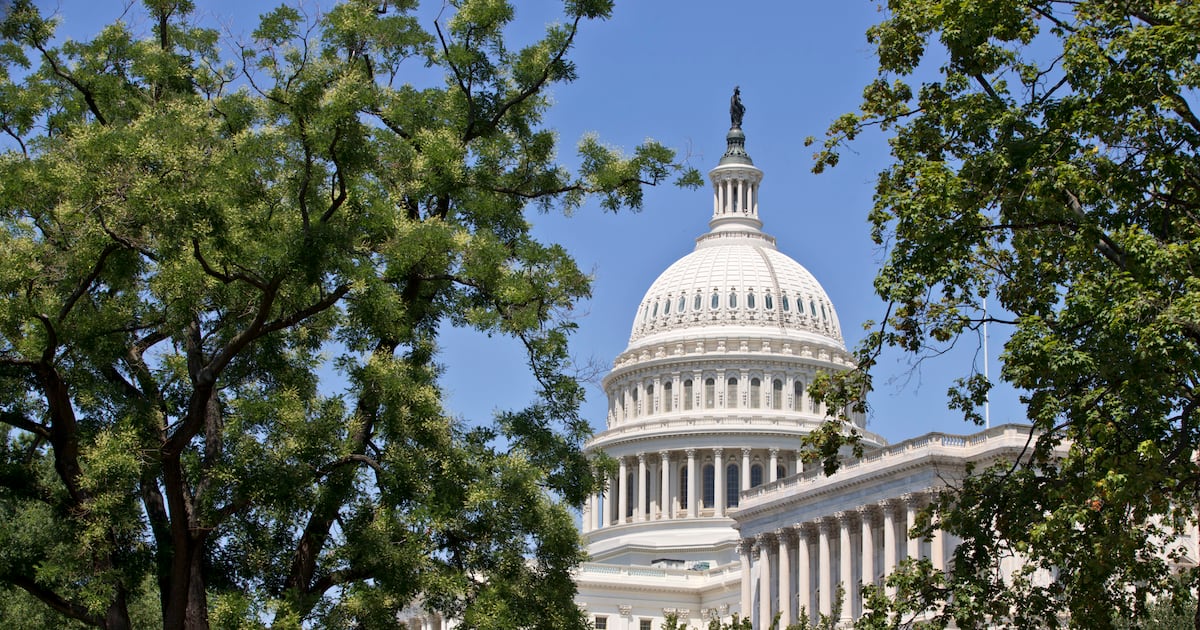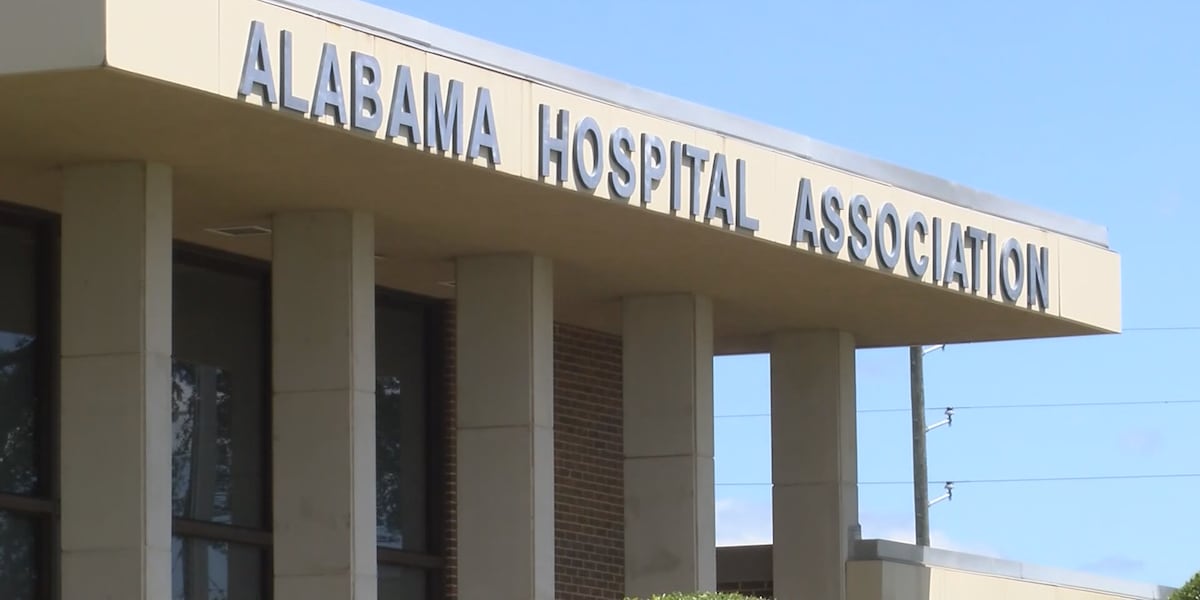
Congress is currently deliberating a sweeping package of federal budget cuts amounting to $800 billion, raising serious concerns about the potential impact on health care access in Alaska. Health advocates and local officials warn that such reductions in funding could have devastating consequences for the state’s sickest and most financially vulnerable residents.
Alaska, with its remote geography and limited infrastructure, relies heavily on federal funding to support programs that provide essential medical care, mental health services, and support for low-income families. These programs include Medicaid, the Children’s Health Insurance Program (CHIP), and federal grants for rural health initiatives. Should the proposed cuts be enacted, access to these services could be significantly reduced.
Local health care providers stress that Medicaid plays a particularly crucial role in supporting hospitals and clinics that serve low-income Alaskans, including a high percentage of Alaska Natives and residents of rural communities. Loss of funding could lead to downsized services, staff layoffs, and even closures of critical access hospitals, disproportionately affecting communities already struggling with limited health infrastructure.
The proposed budget reductions are part of a broader fiscal strategy to curb federal spending. However, health policy experts argue that cutting essential health services may lead to greater long-term costs, such as increased emergency room visits and preventable health crises.
Alaska’s state leaders have expressed strong opposition to the cuts. They are urging Congress to consider the unique challenges that rural and frontier states face when it comes to health care access, and to work towards a funding solution that protects vulnerable populations.
As legislative discussions continue in Washington, affected communities and health organizations in Alaska remain on high alert, emphasizing the importance of safeguarding essential medical services that sustain the health and well-being of thousands of residents.
Source: https:// – Courtesy of the original publisher.








